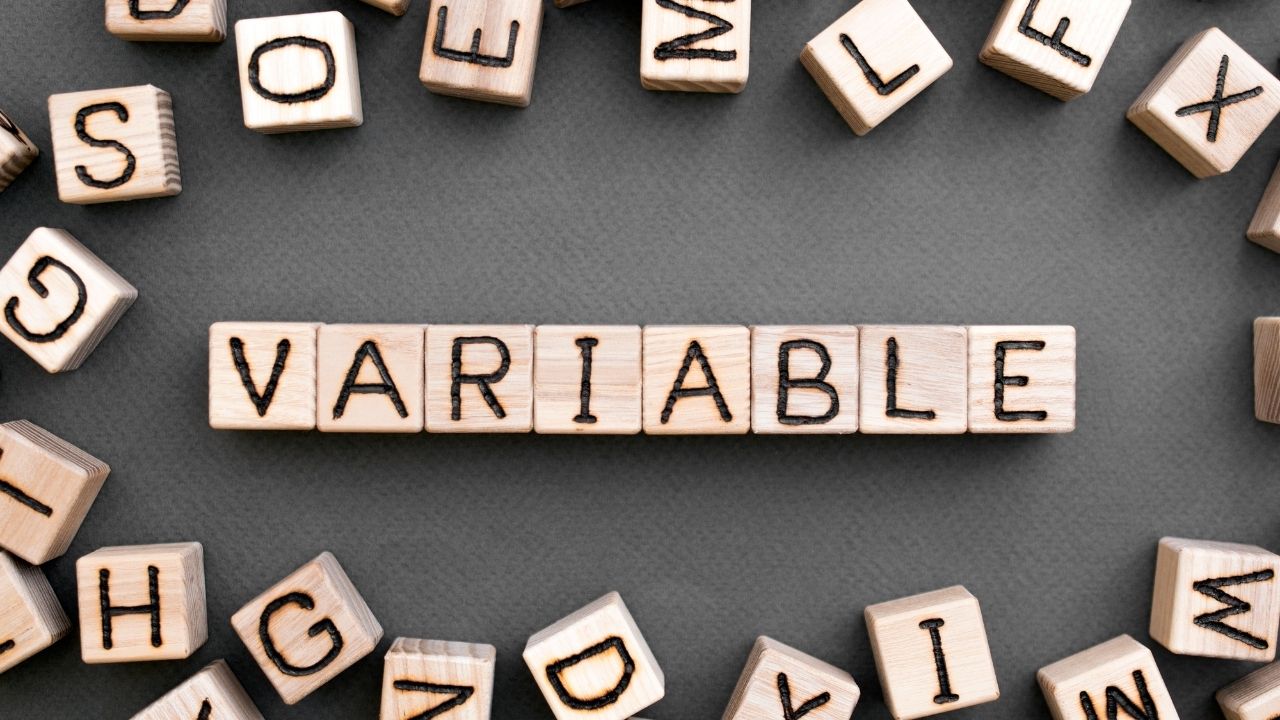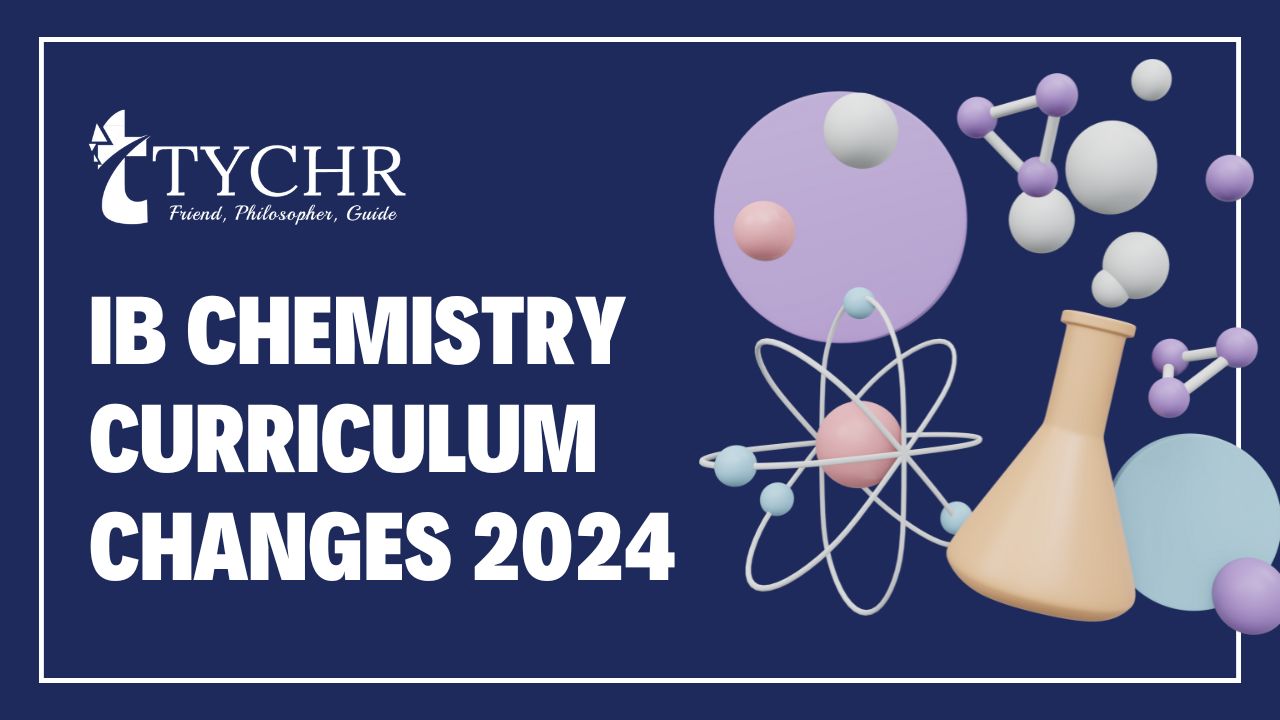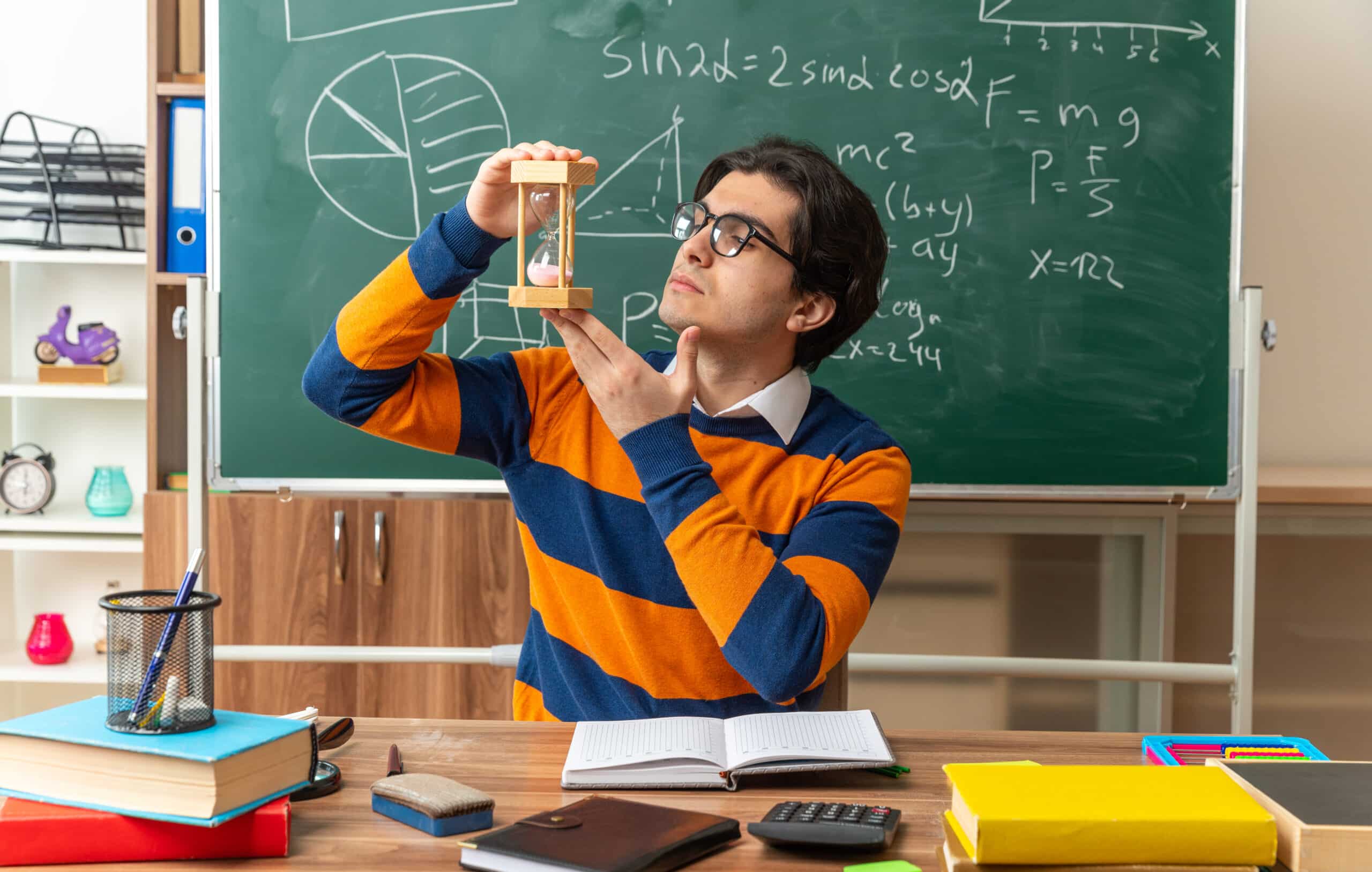Table of Contents
Unlocking the mysteries of scientific experiments requires understanding the key players in the process. One such player is the independent variable, a crucial factor that holds immense power over the outcome of an experiment. But what exactly is an independent variable? How does it operate within experiments? And how can we control for its influence to ensure accurate results? In this blog post, we will delve into these questions and shed light on this fundamental concept. So grab your lab coat and let’s explore what makes an independent variable truly remarkable!
What is an independent variable?
In the realm of scientific experimentation, an independent variable is a factor that researchers manipulate or change in order to observe its effect on another variable – known as the dependent variable. Think of it as the conductor of an experiment, calling the shots and exerting control over the outcome.
The beauty of an independent variable lies in its ability to be varied independently from other factors in an experiment. It allows researchers to explore cause-and-effect relationships by systematically altering one specific element and observing how it influences the dependent variable.
For example, let’s say a researcher wants to investigate whether studying with music affects students’ concentration levels. In this case, studying with or without music would be the independent variable. By exposing one group of participants to music while they study and another group to silence, researchers can determine if there is indeed a correlation between background music and concentration levels.
Independent variables come in many forms – they can be tangible elements like temperature or time spent exercising, or more abstract concepts such as emotional state or level of education. The key characteristic is that they are consciously manipulated by researchers during experiments.
By controlling for independent variables, scientists aim to minimize any confounding factors that could potentially cloud their results. This involves ensuring all other conditions remain constant throughout the experiment except for changes made intentionally to the independent variable.
Understanding what constitutes an independent variable is fundamental when designing experiments and drawing meaningful conclusions from data analysis. Its significance cannot be overstated – after all, it holds immense power when it comes to unraveling causal relationships among various phenomena within our world. So next time you encounter an experiment’s mysterious force at work, remember: behind every great discovery lies a carefully controlled independent variable!
How do independent variables work in experiments?
In experiments, independent variables play a crucial role in determining the outcome of the study. These variables are manipulated by the researcher to observe their effect on the dependent variable. The independent variable is essentially the “cause” or input that researchers can control and change.
When conducting an experiment, researchers typically have two groups: an experimental group and a control group. The independent variable is introduced to the experimental group while being withheld from the control group. By comparing the results between these two groups, researchers can determine whether there is a significant difference caused by manipulating the independent variable.
For example, let’s say we want to investigate how different amounts of fertilizer affect plant growth. In this case, the amount of fertilizer would be our independent variable. We would create multiple groups of plants and expose each group to varying levels of fertilizer – low, medium, and high. Then we would measure and compare their growth over time.
By carefully controlling other factors that could influence plant growth – such as sunlight exposure or watering schedule – researchers can confidently attribute any differences observed solely to changes in the independent variable.
Understanding how independent variables work provides valuable insights into cause-and-effect relationships within experiments. It enables scientists to make informed conclusions about their research findings and contributes to advancing knowledge in various fields ranging from psychology to biology!
What are some examples of independent variables?
When conducting experiments, independent variables play a crucial role in determining the outcomes. These variables are the factors that researchers manipulate or control to observe their effects on the dependent variable. Let’s explore some examples of independent variables to gain a better understanding.
In a study examining the effect of exercise on heart rate, the independent variable would be the level of physical activity. Researchers can manipulate this variable by assigning participants to different exercise regimens such as low-intensity walking or high-intensity running.
Another example is studying how caffeine affects cognitive performance. Here, the independent variable would be the amount of caffeine consumed. Participants could be divided into groups receiving different doses of caffeine, allowing researchers to observe its impact on tasks related to memory or attention.
In an investigation exploring how temperature affects plant growth, varying temperatures would serve as the independent variable. Different groups of plants could be exposed to specific temperature ranges like hot, cold, and moderate conditions.
These examples demonstrate how diverse and varied independent variables can be across studies and disciplines. By carefully selecting and manipulating these factors, researchers can uncover valuable insights into cause-and-effect relationships.
Remember that controlling for other variables is essential in experiments to ensure that any observed effects are truly due to changes in the independent variable rather than external influences or confounding factors lurking within your experiment setup.
How can you control for independent variables in experiments?
When conducting experiments, it is crucial to control for independent variables in order to ensure accurate and reliable results. One way to achieve this is through randomization. By randomly assigning participants or subjects into different groups, researchers can minimize the potential bias caused by individual characteristics.
Another method of controlling for independent variables is through matching. This involves pairing subjects based on certain characteristics that may influence the outcome variable. For example, if studying the effects of a new medication on blood pressure, researchers may match participants based on age and pre-existing medical conditions.
Furthermore, researchers can use statistical techniques such as regression analysis to control for independent variables. This allows them to examine the relationship between the dependent variable and other factors while holding constant the effects of other variables.
Additionally, implementing a control group is another effective way to control for independent variables. By comparing an experimental group receiving a treatment with a control group not receiving it, researchers can isolate the effects of the independent variable from other external factors.
Ensuring standardization in experimental procedures helps eliminate potential confounding variables. Using consistent protocols across all groups minimizes variability introduced by procedural differences.
Controlling for independent variables is essential in experiments to obtain valid findings. Through methods like randomization, matching, statistical analysis, using control groups and standardizing procedures – researchers can reduce bias and accurately assess causal relationships between independent and dependent variables without being influenced by extraneous factors.
Conclusion
Understanding the concept of an independent variable is crucial when it comes to conducting experiments and drawing accurate conclusions. By definition, an independent variable is the factor that researchers manipulate or control in order to observe its effect on the dependent variable. It is essentially the key factor under investigation.
Throughout this article, we have explored what independent variables are and how they function within scientific experiments. We have also looked at some examples of common independent variables such as age, temperature, dosage, and time.
Controlling for independent variables is essential in order to ensure that any observed changes in the dependent variable can be attributed solely to the manipulated factor. This can be achieved through random assignment, matching participants based on certain characteristics, or using statistical techniques such as analysis of covariance (ANCOVA).
By understanding and controlling for these variables effectively, researchers can enhance the validity and reliability of their findings. This allows them to confidently draw meaningful conclusions from their experiments.
Independent variables play a vital role in experimental research by serving as the factors that are intentionally manipulated or controlled. They enable researchers to investigate cause-and-effect relationships between different factors and help advance our understanding across various fields of study. So next time you come across a scientific study or experiment, remember just how important those seemingly small details – like independent variables – truly are!








